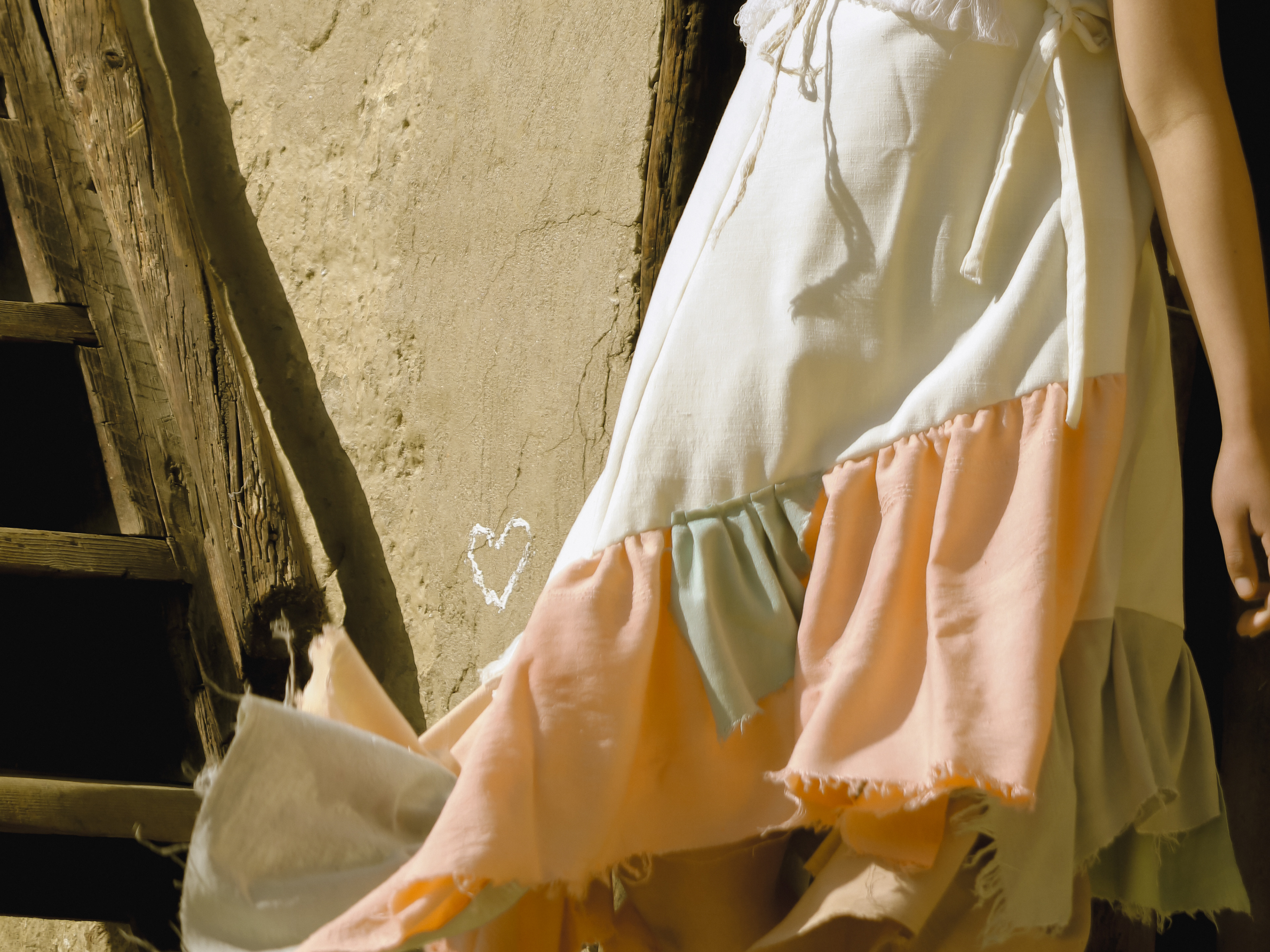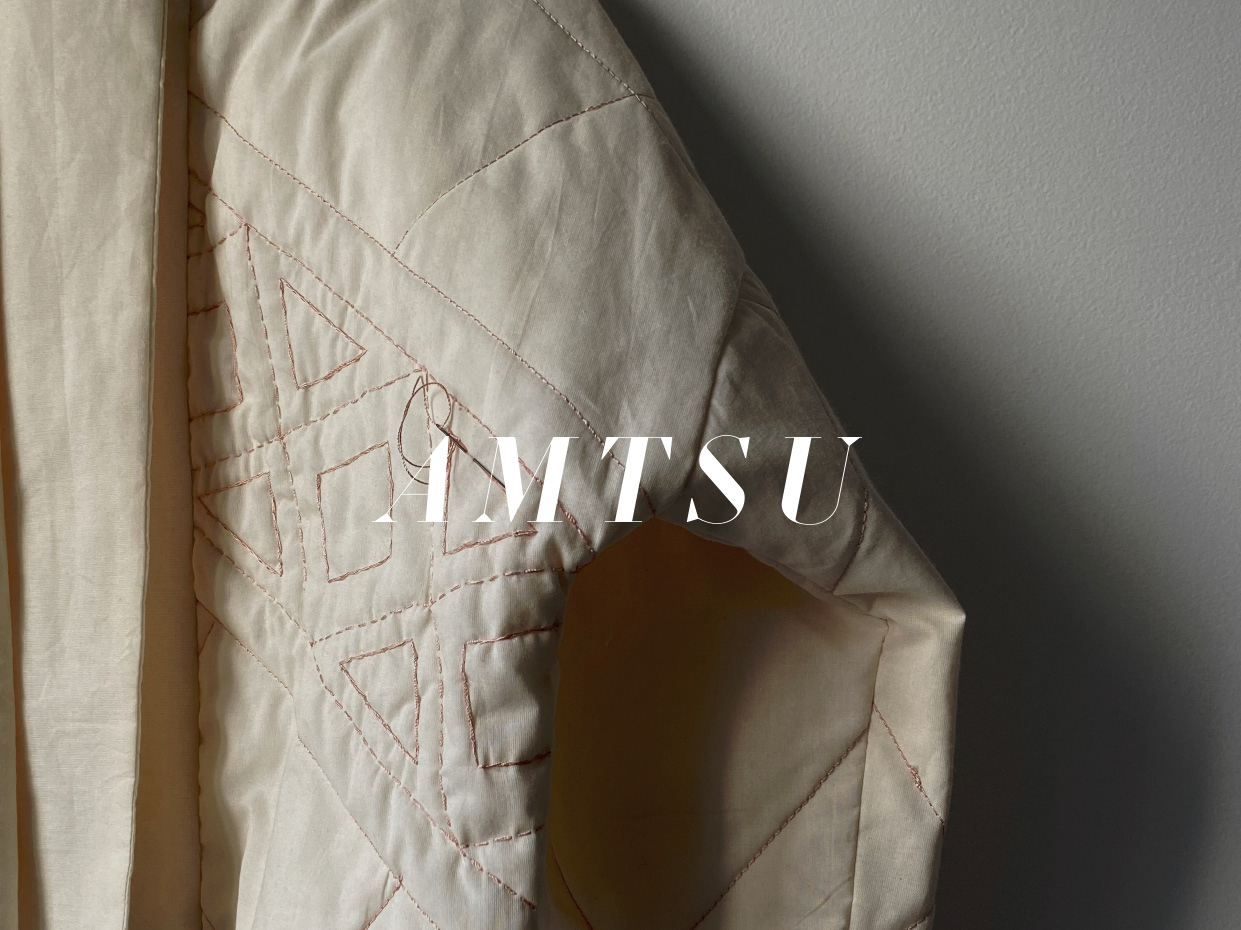A collective thumping sound echoes in the village of Khoma with the wake-up call from their local roosters.
The village of Khoma in the region of Lhuntshe in Bhutan is still an active weaving community whose history lies in the depths of the textiles that were created and are still being woven solely by the community's women. Bhutan celebrates its textile craftsmanship to this day as the country mandates the wearing of the national attire ‘Gho’ for men and ‘Kira’ for women, which are largely woven on a back-strap loom, hence the practice of this craft is spread across the country.
The weaving community of Khoma is one of the extraordinary villages in Bhutan, where it is apparent that weaving textiles is a lifestyle they’ve adopted and a means of expression. Every single woman from this village is naturally brought up learning and practicing this craft conventionally through kindred bonds with their mothers. It is also known that they specialize in a certain technique of weaving known as the Kishuthara (silk on silk textile) which involves weaving supplementary weft patterns with extra yarns over the constructed base yarn, generally using silk yarn as the base and silk again for constructing the patterns and motifs known as ‘trima’.
Several women in that community have mastered the art of weaving Kishuthara, which takes years of practice, and the rest of the women express aspirations to master it someday. Oral traditions and folksongs indicate that this intricate technique of back-strap loom was introduced by Chinese Princess Wencheng, known to the locals as ‘Ashi Jyazum’, back in the 7th century, and traces of her life remain as stories and heritage for Khoma.
Khoma alludes to a mundane atmosphere of village life mended with a reflection of solitude as the women concentrate on their crafts for hours. The first thing you hear after the break of dawn is the thumping sound of weaving echoing around the village as the sun embraces the valley. Several groups of looms are installed together making the sound of weaving stronger. Due to the long hours invested in weaving complex textiles, the locals express that they enjoy doing it together in groups, sharing a mutual bond and comfort. A life lived slowly, a craft through slowness, and a tradition preserved.
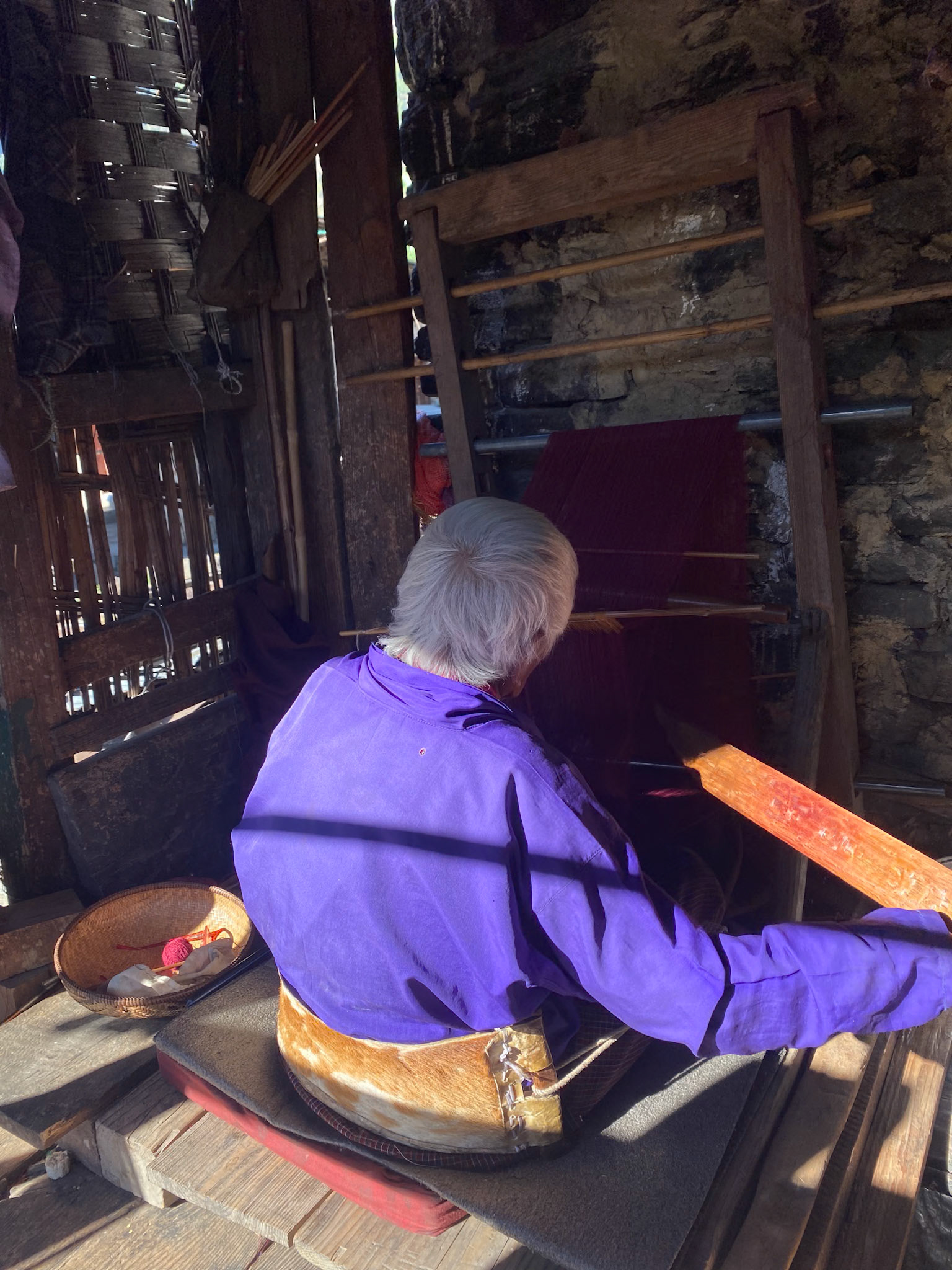

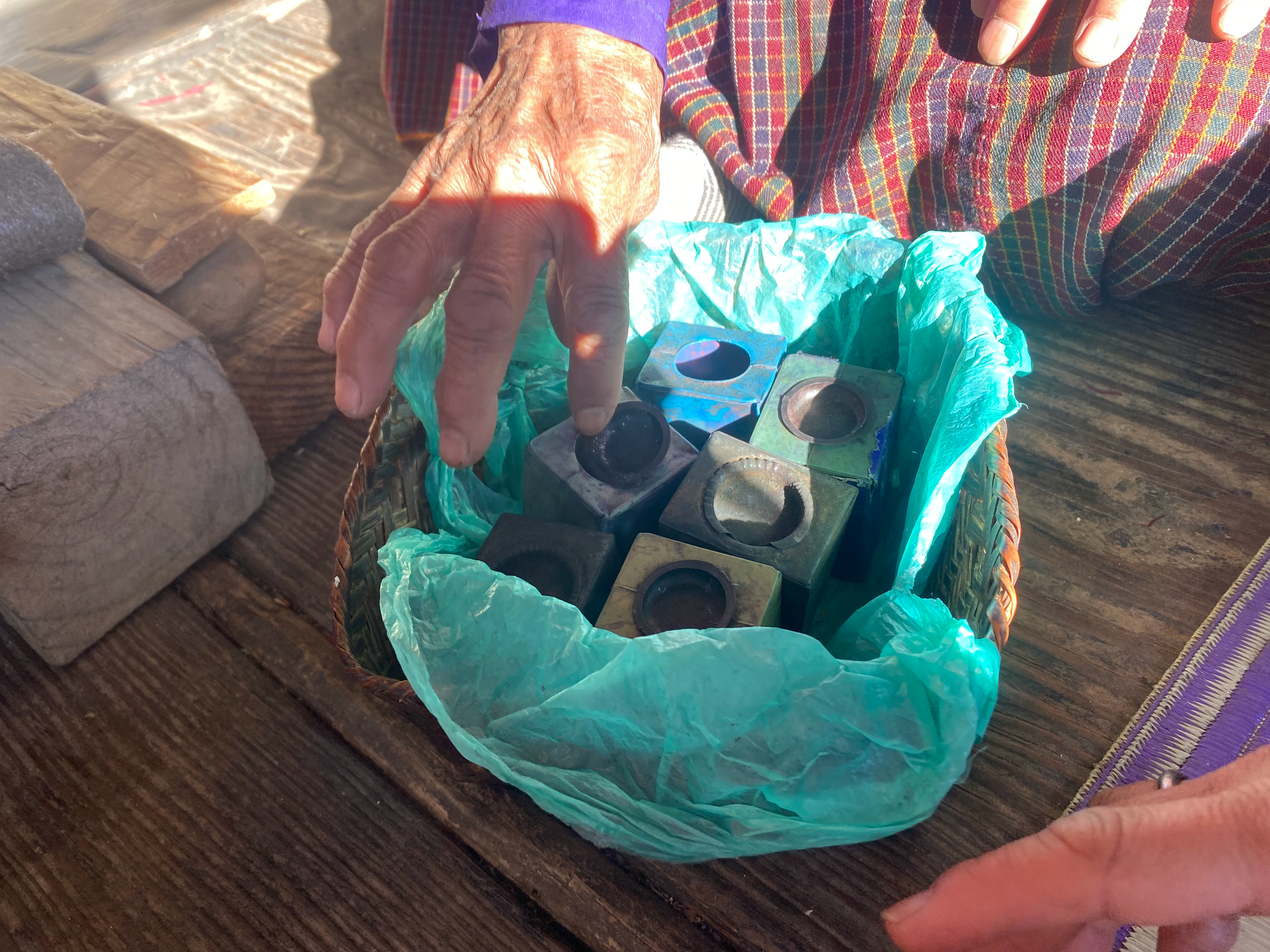
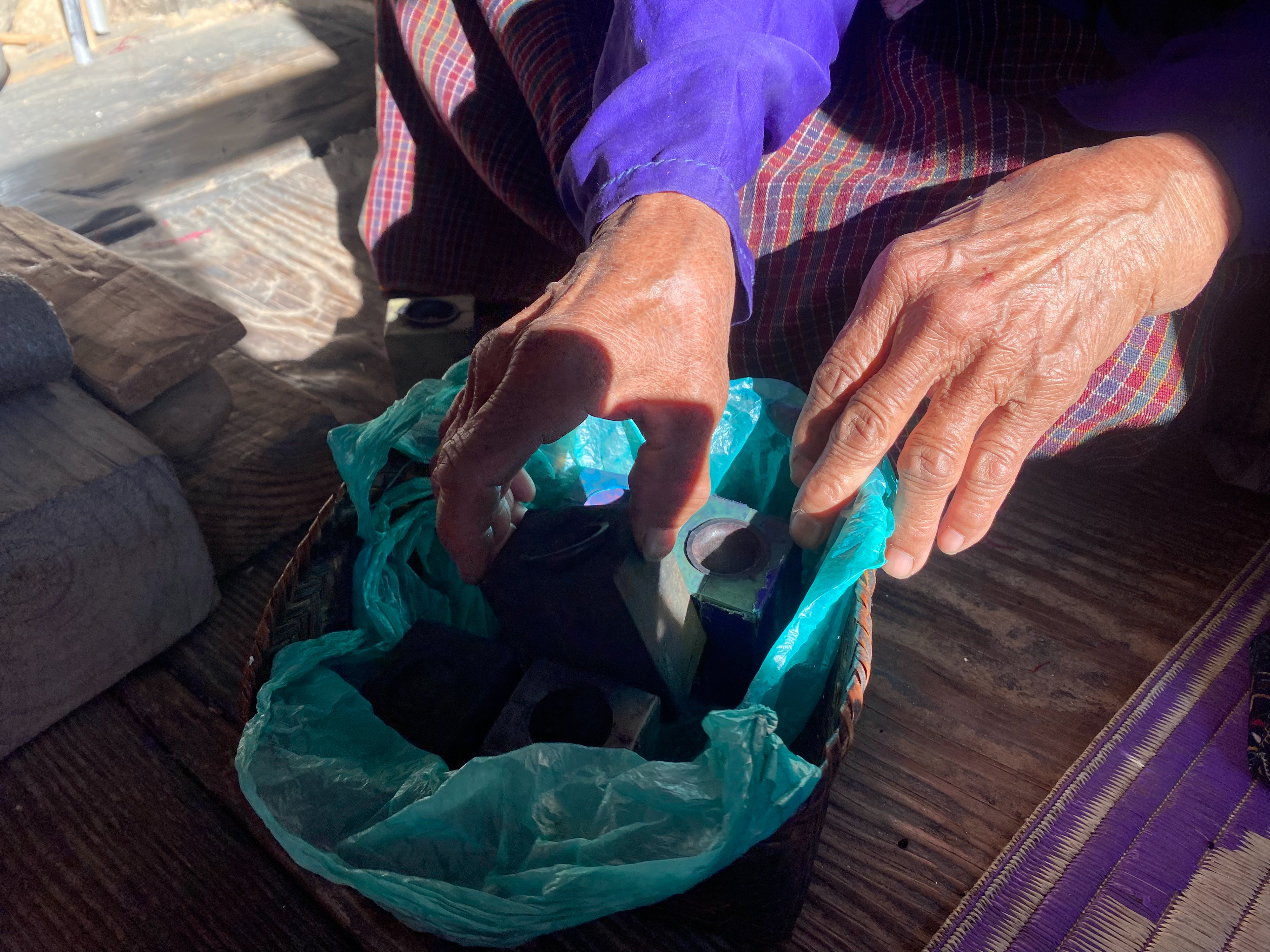

The locals welcome people who visit their village with utmost hospitality, and they jubilantly engage in conversations. Sither Lhamo, the oldest weaver in the community at 86 years, was vigilantly weaving on her balcony on a brisk morning. Sither said, “I was going to stop weaving because I am old, yet I always find myself preparing another loom to weave again. I’m currently weaving this plain red raw silk textile for myself to wear in temples”. Sither’s life as one of the weavers was lived around this craft, and in a speck of time has become an ample part of her being, She then continued to present her precious collections of old powdered dyes that she sourced from the border of the country back in her prime days. Comprehending what weaving means to these women and their collective dialogue is astonishing. When asked why they like what they do, all of them answered that it was not just because of the income they make out of weaving, but more so because of the inherited tradition passed down to them for generations, that they feel a proud and deep connection towards it.
Khoma, the sound of weaving
